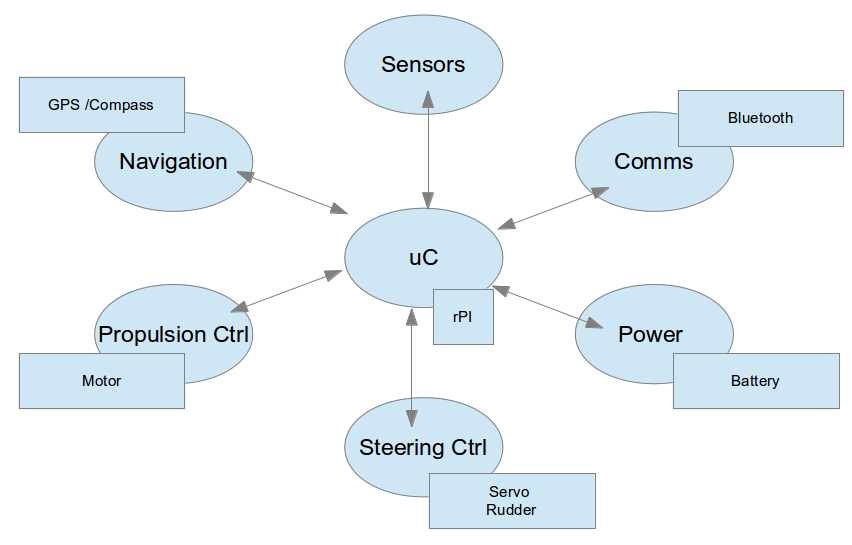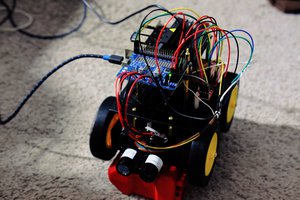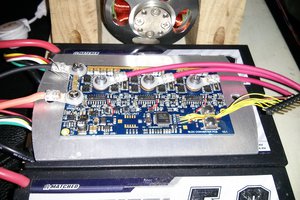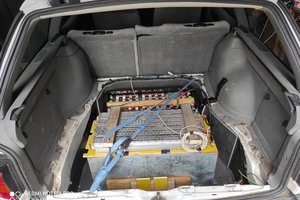Phase One is code named the Crayon Pony Fish
Every project needs a block diagram..
So the idea is to start with a RC boat and add in a raspberryPI and Navio board. This will give me a solid platform to learn the ins and outs of the arduPilot software. The propulsion, steering, and power will all be part of the boat. The Navio board provides the Nav sensors and the control for the motor and steering.

The Navio doesn't handle a lot of current, eventually I want to scale up to a trolling motor. But for now it will fit the bill.

 Kyle Isom
Kyle Isom
 Alexandre LE GALL
Alexandre LE GALL
 Jarrod
Jarrod
 ylogvin54
ylogvin54